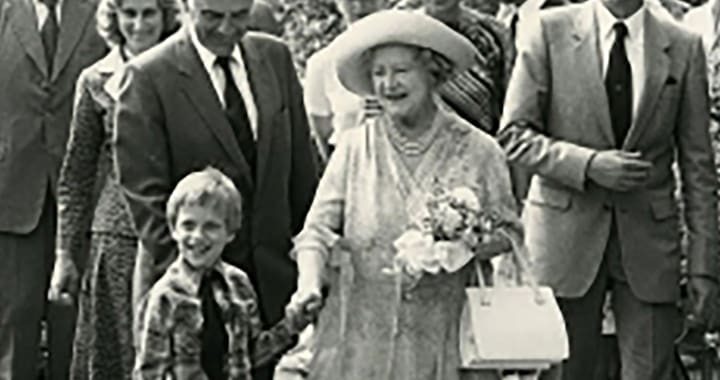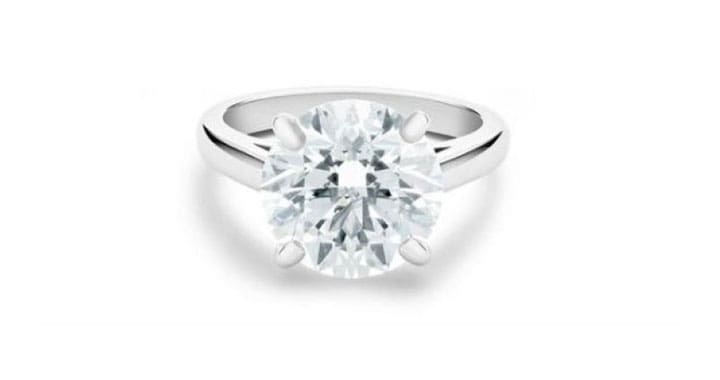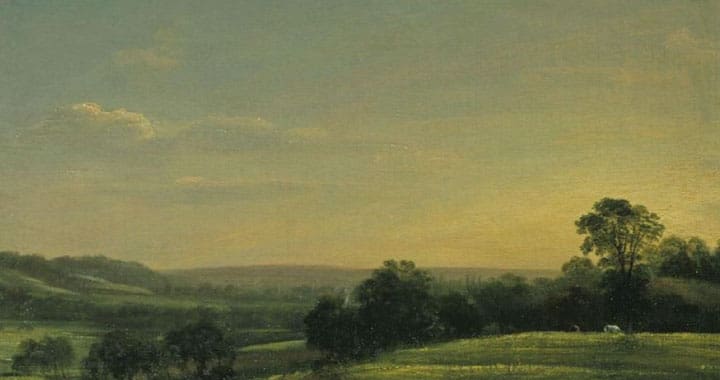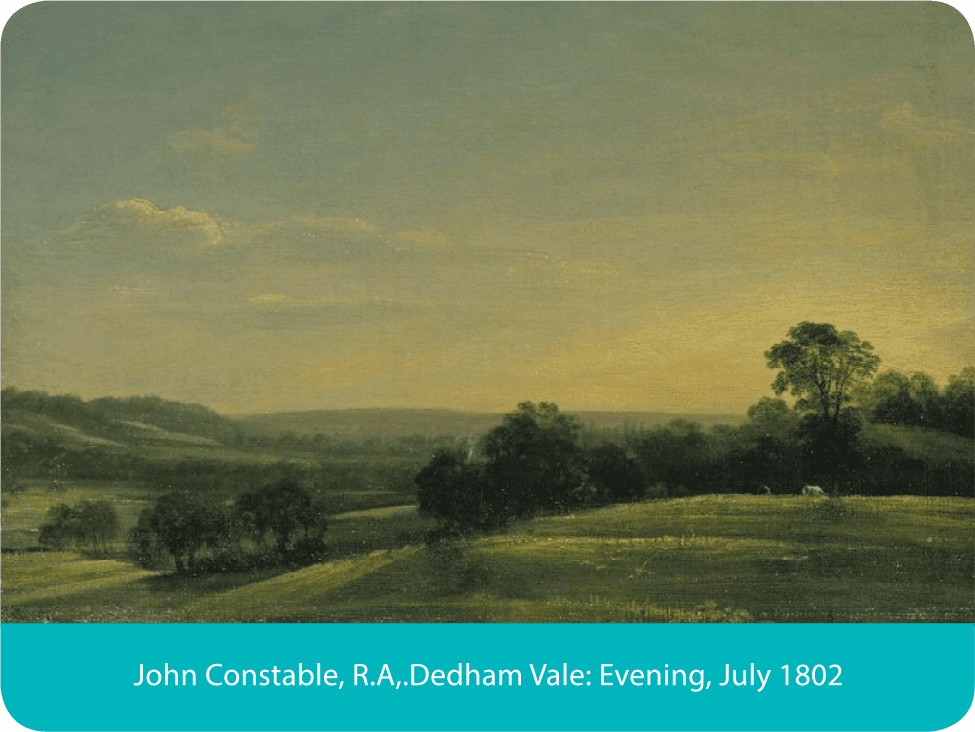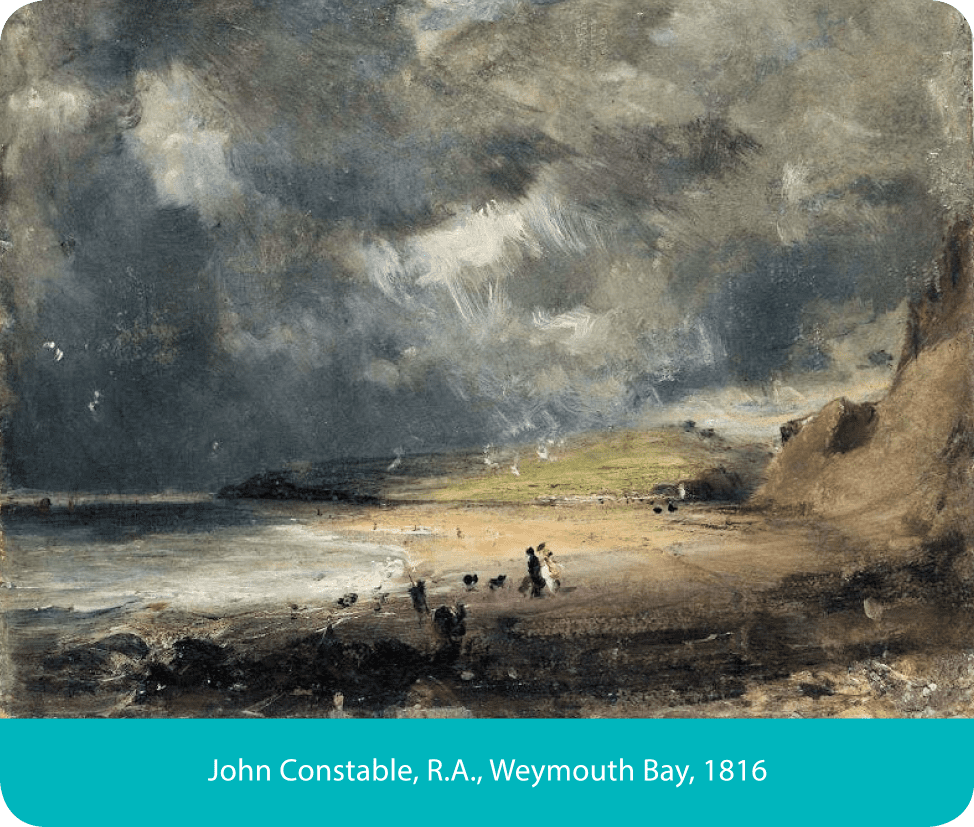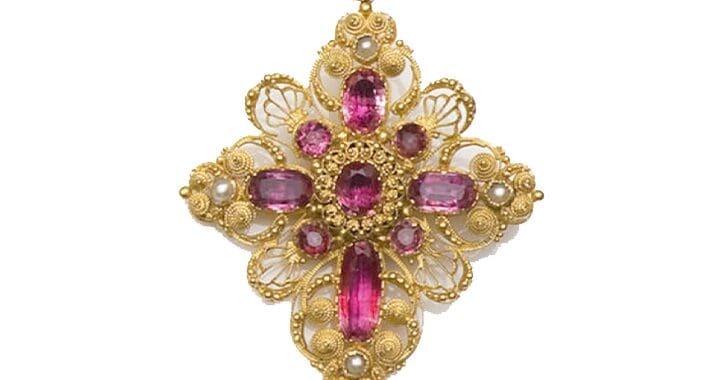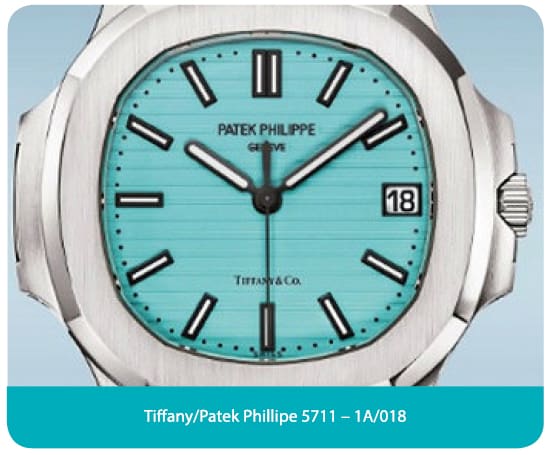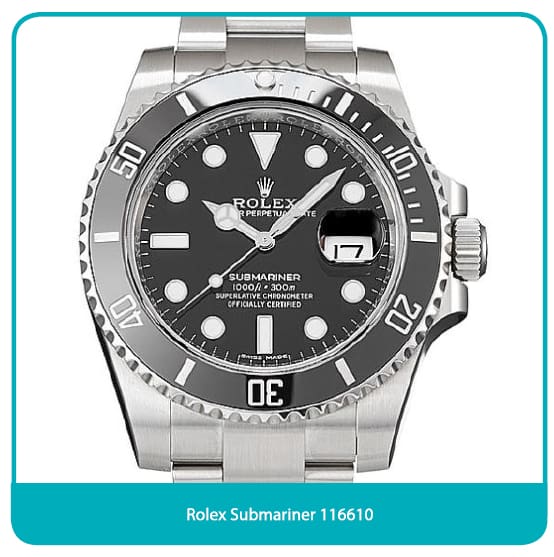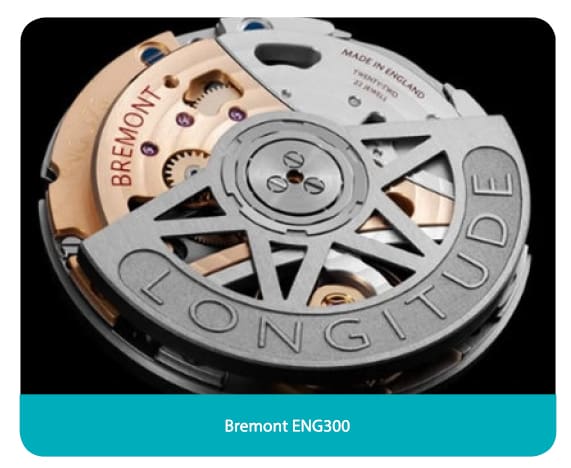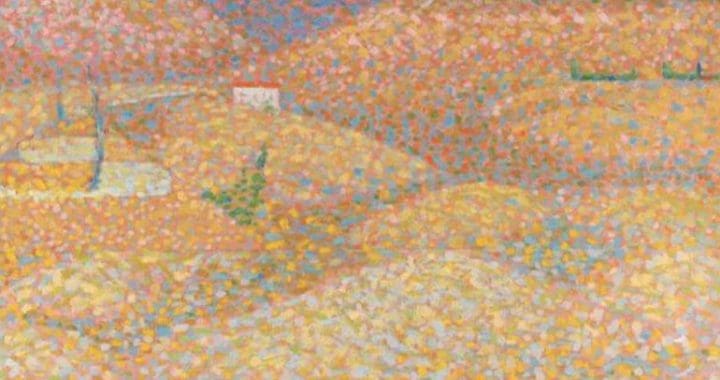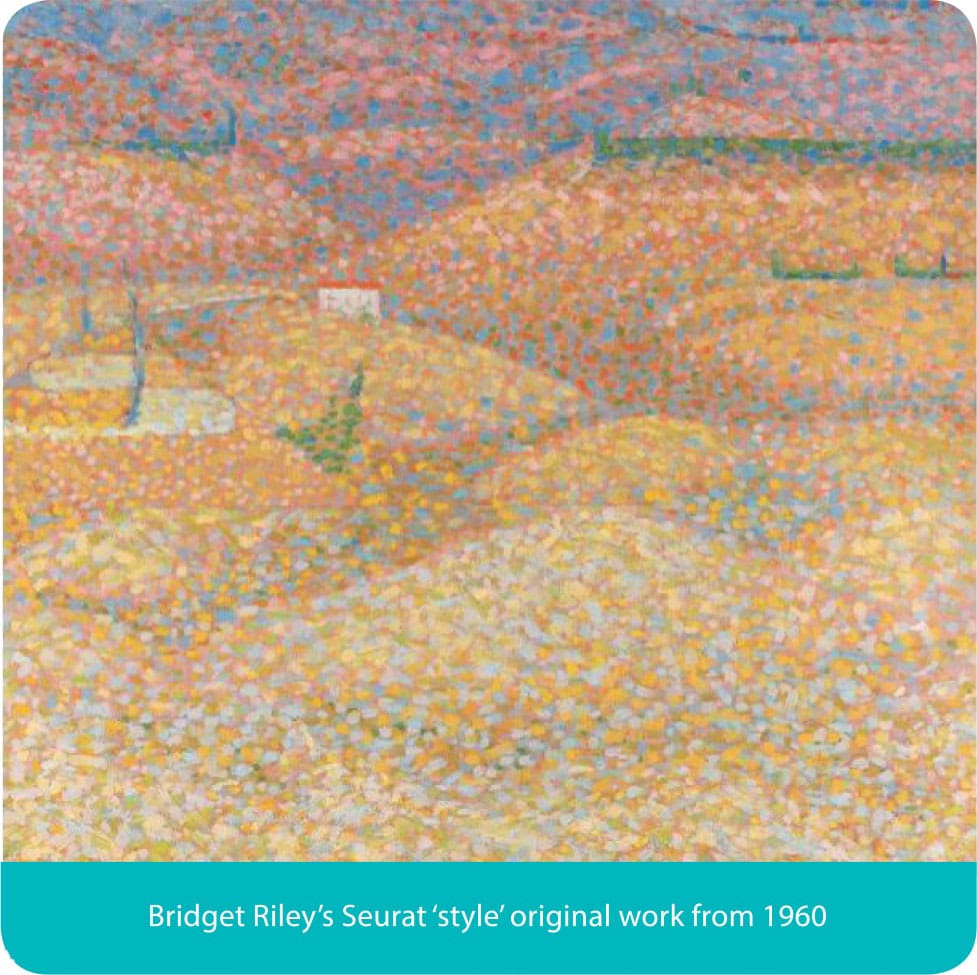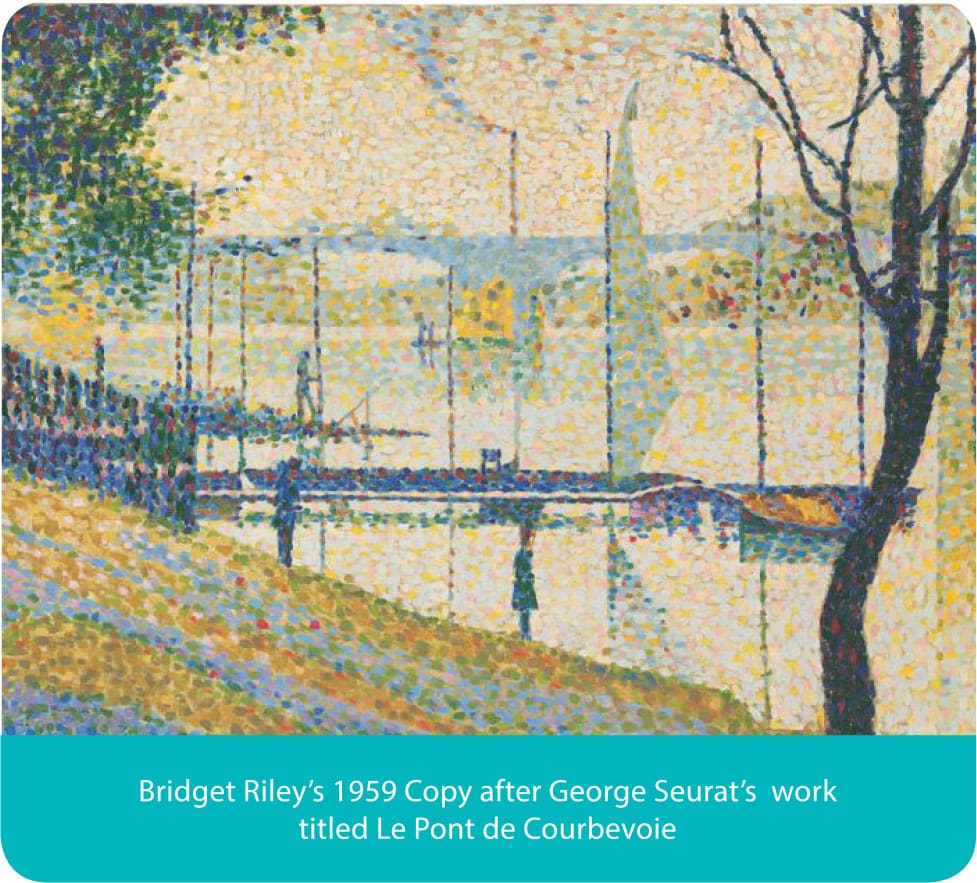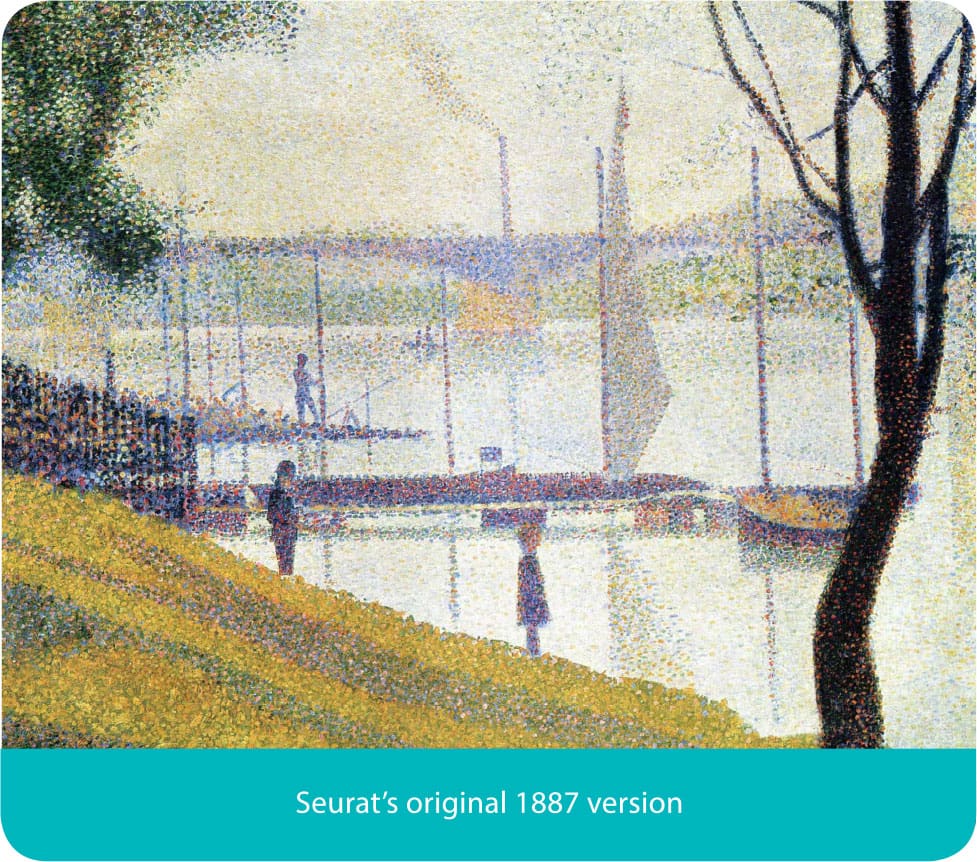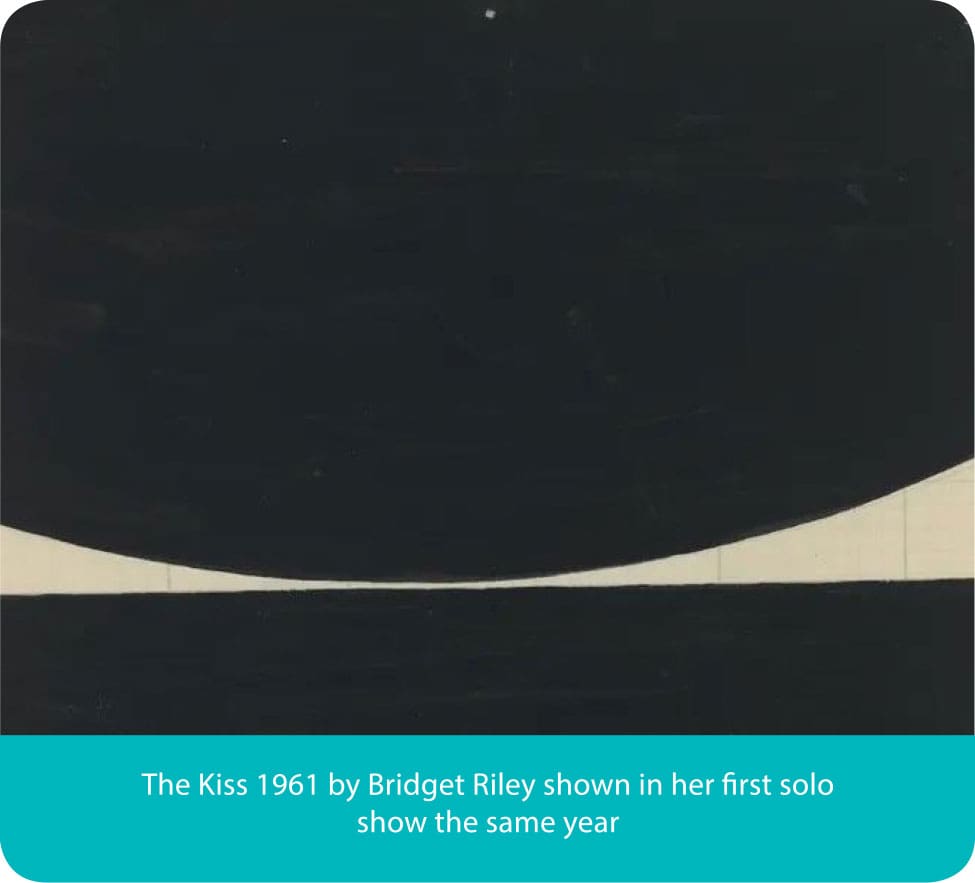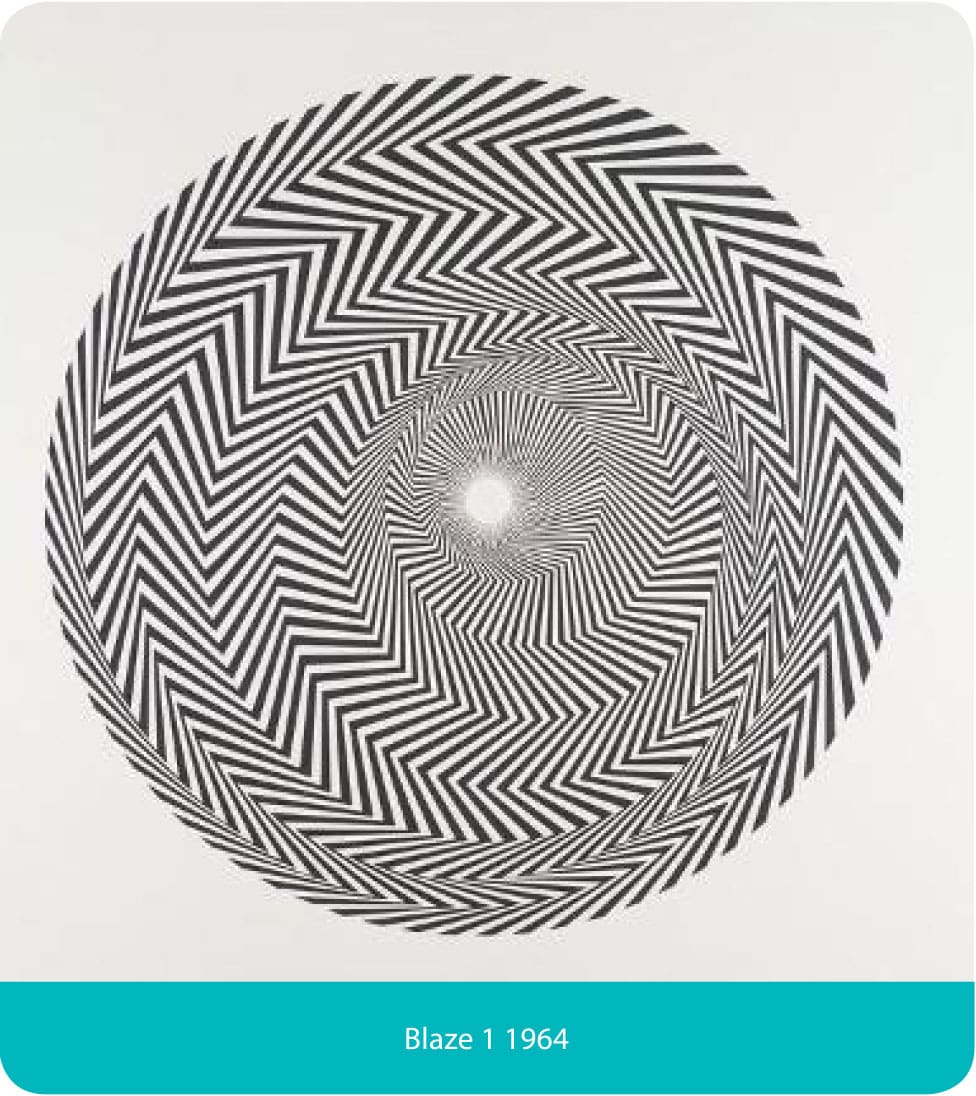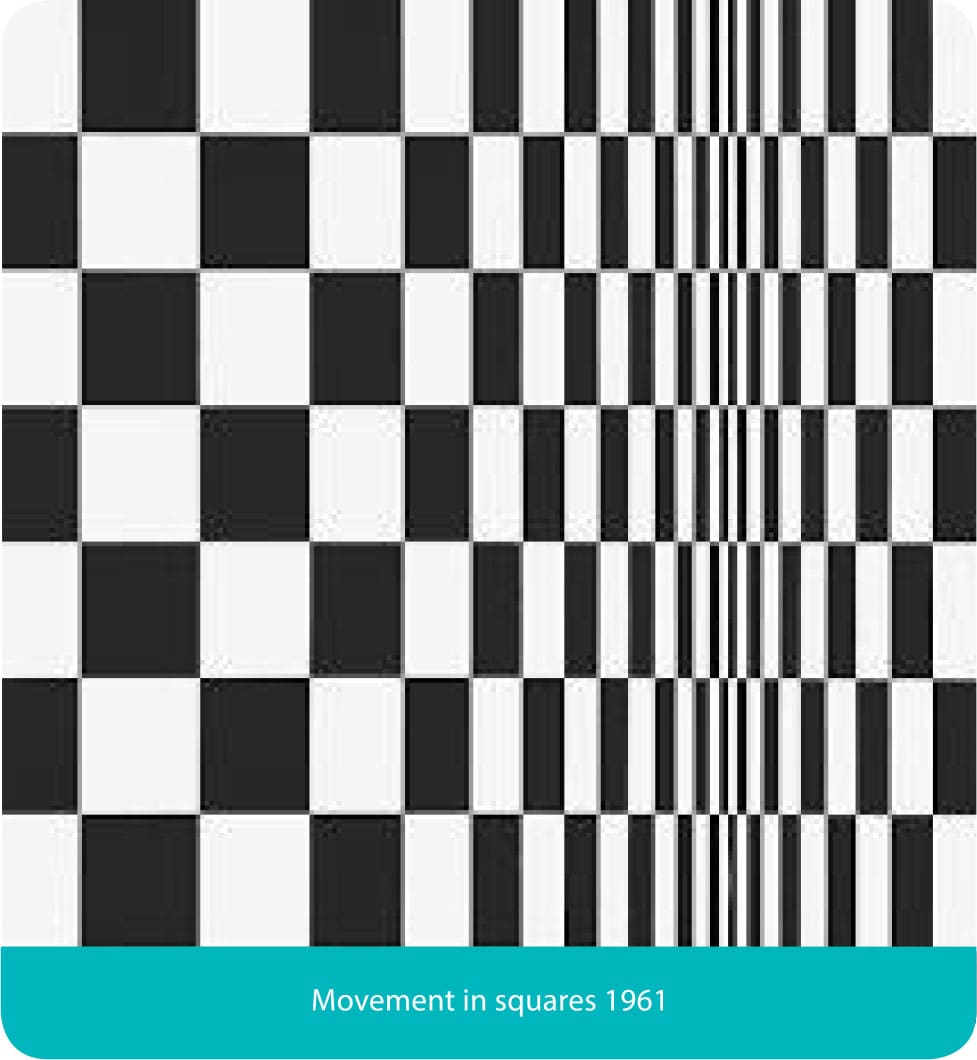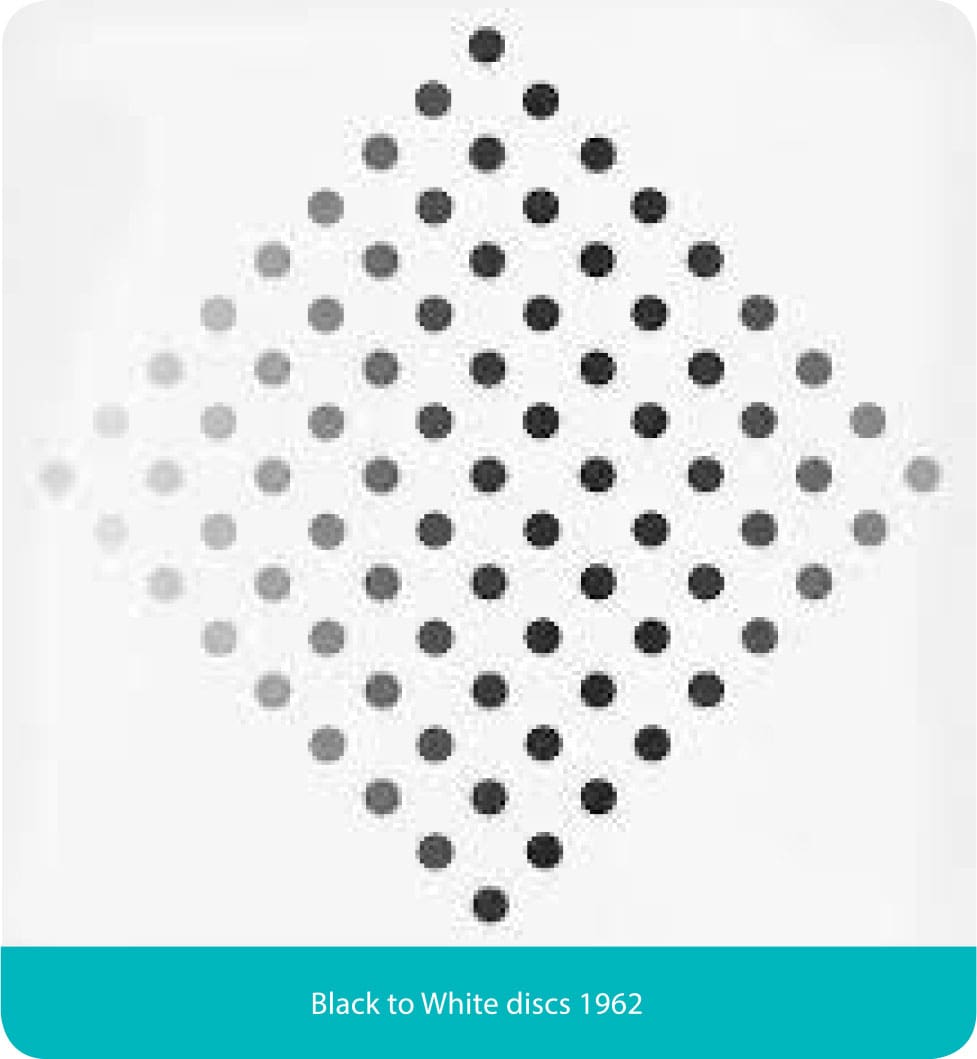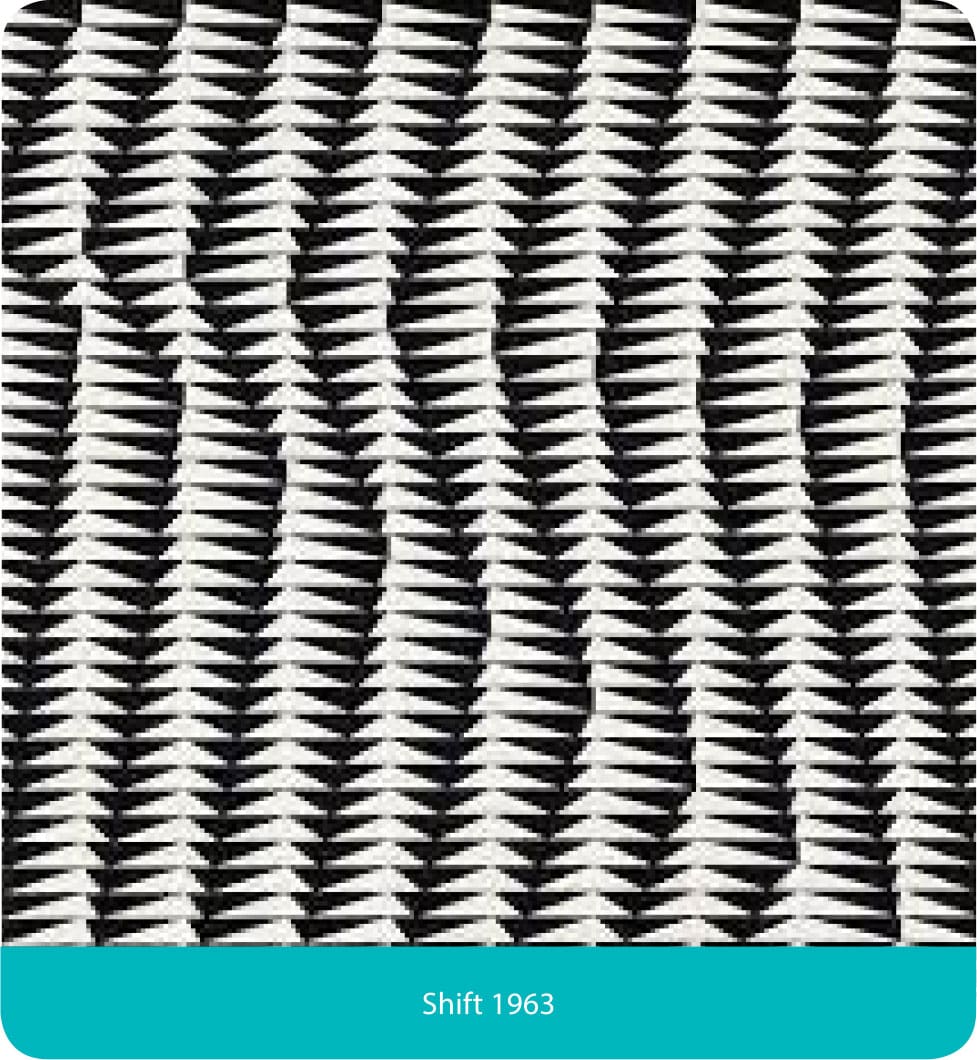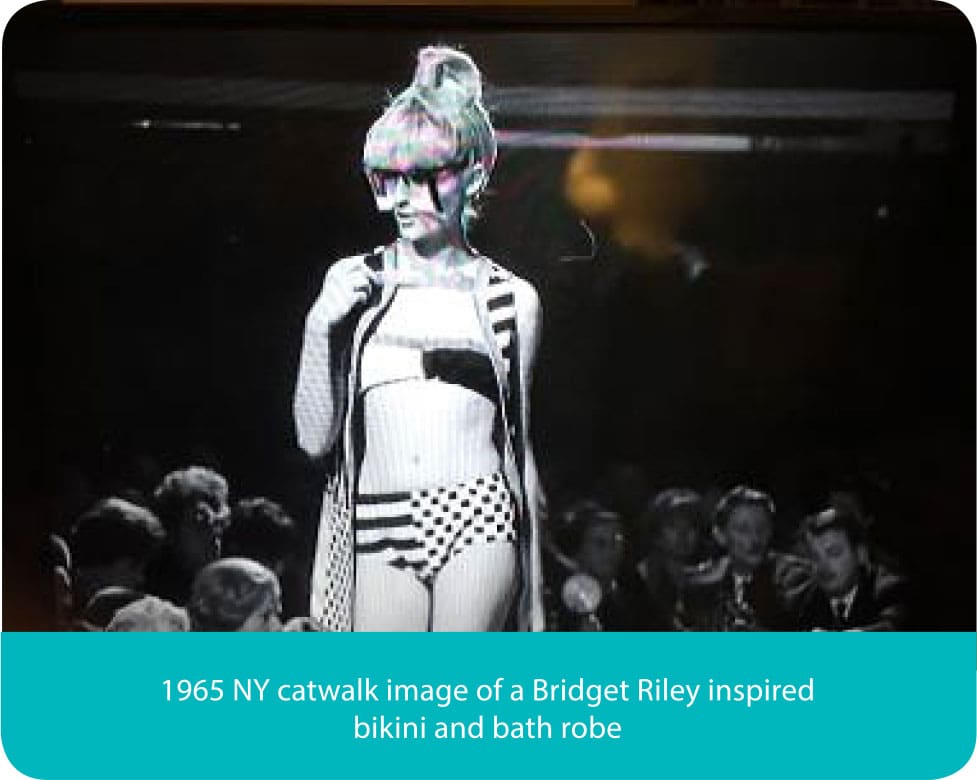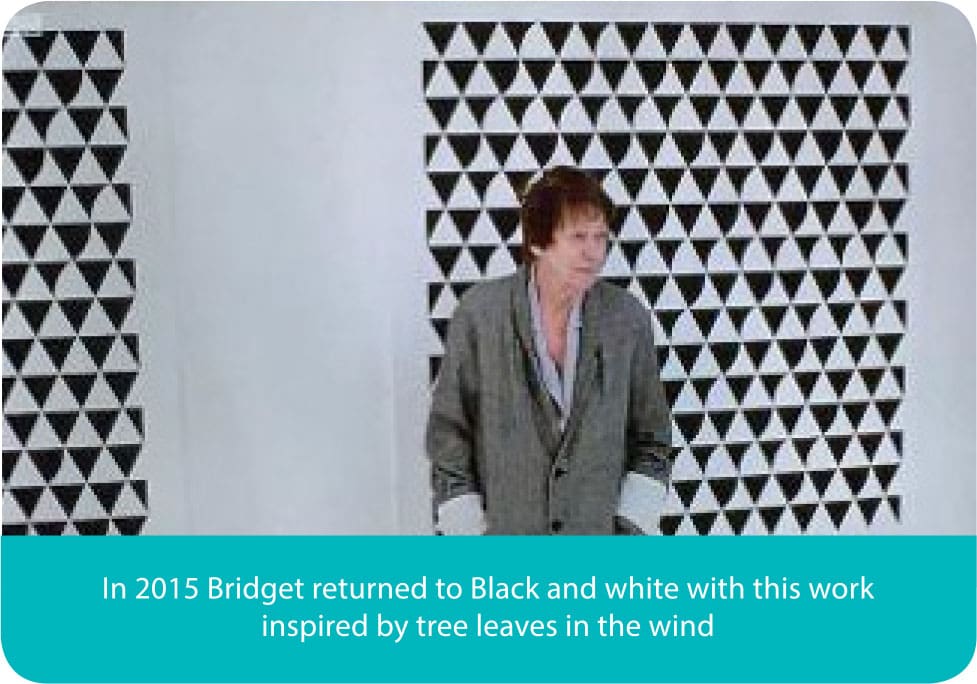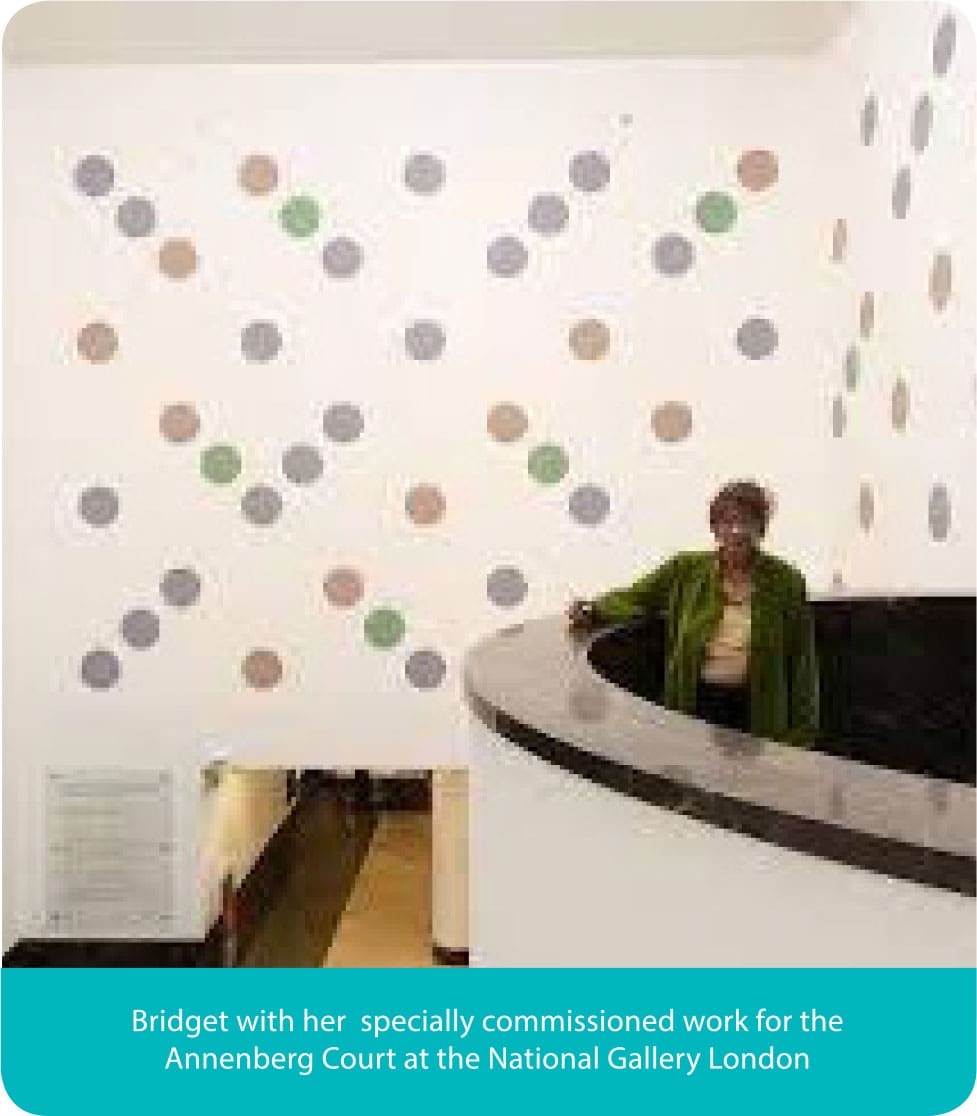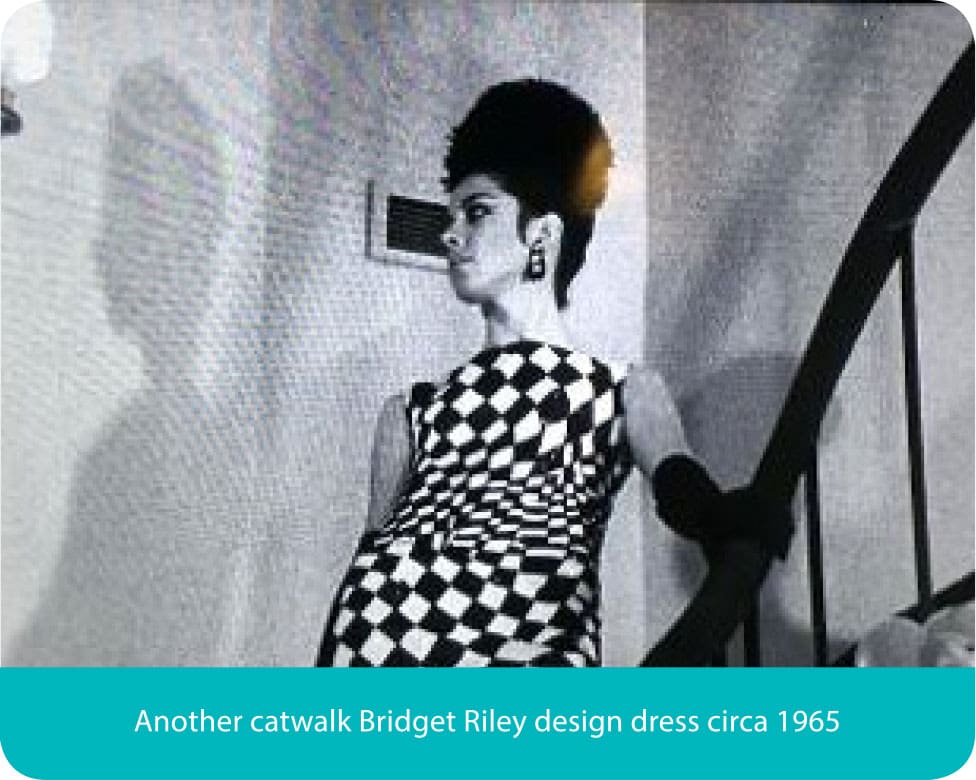Walking down Regent Street on a sunny afternoon this week and one cannot forget how important 2022 is for Her Majesty the Queen, 70 years doing any job is virtually unheard of so a celebration to mark the occasion is certainly befitting.
Whilst we look forward to not only an extra bank holiday, but many celebrations around the United Kingdom and the world, Queen Elizabeth will no doubt take it all in her stride in a simple and understated manner, much like her handbags.
The queen has always been known for supporting and almost endorsing Launer Handbags. The Queen Mother had purchased one in the 1940s after Sam Launer had relocated to the United Kingdom after Nazi persecution in Czechoslovakia during The Second World War, and it is rumoured that the queen still owns these pieces that date to before she came to the throne. The brand was awarded the Royal Warrant in 1968.


The royal collection of Launer handbags now comprises over 200 individual pieces though, with the favourites reportedly being the Traviata, the Diva and of course, the Royale. It is said that she orders around five pieces per year with custom elements to each, and no doubt Launer will have made sure to make something special for this year’s celebrations.
The values of these bags are almost insignificant compared to many others that we see on a day-to-day basis, with values usually being less than £3000, but they are all hand made in Britain and command a strong following with Lady Margaret Thatcher being another fan of the brand.

It is hard to imagine, but a considerable amount of time and effort has been placed in providing the queen with the perfect bag. It must have long handles so it doesn’t get in the way when she is meeting people, it must also be fairly lightweight as she doesn’t keep much in there during the day – apparently only a pen, spectacles case, lipstick, hand cream and mints make it into the royal handbag.
If you are ever lucky enough to meet the Queen at a function of any sorts though, be aware if she places her bag on a table and looks around the room….This gives her staff a five minute warning that she is ready to leave and to prepare!
So congratulations to The Queen, and to Launer for 70 years of a true British Icon, may there be many more.







